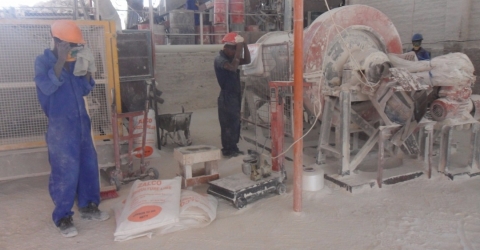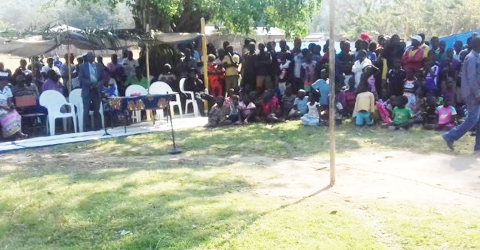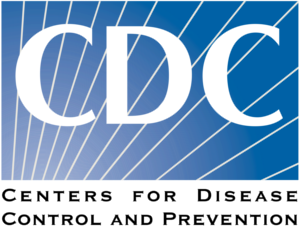
The TB case management has over the years been facing a lot of challenges despite the Malawi government and donors’ effort. Some of the main challenges in the management of the TB cases include sample tracking, patient follow up and drug management.
Samples are delivered to the health centers through community volunteers or sometimes patients come directly to the hospital and deliver their samples which are recorded manually in a register before being delivered to the laboratory for testing. This is a big challenge to the health workers because samples easily get mixed up as the labelling is simple and there is no accountability at the laboratory on when the samples are received and when they are tested. As a result of this challenge, patients get their results after a long time and sometimes the samples are not tested on time forcing the patients to come back to the hospital for the same process. This puts the patient’s life in danger.
Patient follow up and drug management is a big issue since the records are kept manually and it is not easy for health workers to know how the patient is doing. The health workers rely on the patient’s health passport to manage his medication and there are times that patients default their treatment and it becomes difficult for health workers to know from the manual system.
The National TB Programme, with funding from the World Bank through the Southern Africa TB Health Systems Support Programme has developed the e-Health intervention for community systems with an aim of improving TB patient tracking and management. The system has been implemented in two health centers so far and it is expected to be scaled up in 18 more health centers. The system is web-based and has a mobile application which is being used for patient registration by the community volunteers.

Fig 1: Mobile application for e-health and a community volunteer demonstrating the system to World Bank team
One of the challenges that the system is addressing is tracking samples and ensuring that turn around time from sample collection to patients being notified about their results and subsequently treatment initiation is minimized. To do this, the system is using community volunteers to screen patients at the doorstep, and transport samples to the nearest facility, which receives the patient information way in advance before the sample arrives. This allows for the system to identify bottlenecks along the screening, diagnostic and treatment cascade and address them promptly. The system uses barcodes that are linked to the patient’s data to ensure that there is no mix-up in samples and a sample can be easily identified simply by scanning the barcode. The system has therefore provided a good tool for sample tracking.
Once the samples are tested, the patient gets an sms notification informing him that his results are ready. Patients also get reminders about when he is due for the next medication. If a patient is defaulting treatment, the system sends alerts to the patient as well as system user by placing the patient on the defaulter’s list. This has greatly improved patient follow up.

Fig 2: TB e-Health web dashboard
Since the implementation of the system as shown in fig 2 above, 433 samples have been collected in the two health centers, 306 samples have been tested out of which 29 are TB patients of whom 21 are male patients. This information is online and NTP as well as district management can make decisions quicker than when they were using manual data recording.







